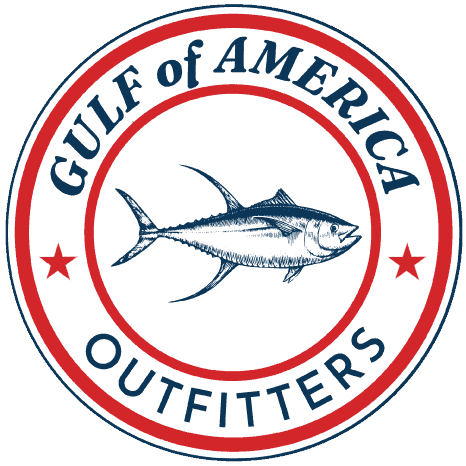Mahi Mahi

| NICKNAME: | Dolphin, Dorado |
| COMMON LENGTH: | 2 – 3 ft |
| COMMON WEIGHT: | 15 – 30 lbs |
| MAX LENGTH: | 5 – 6ft |
| MAX WEIGHT: | 50 – 70 lbs |
| WORLD RECORD: | 87 lbs, 1972, Costa Rica |
GENERAL INFO
Mahi Mahi is a surface-dwelling ray-finned fish found in offshore temperate, tropical, and subtropical waters worldwide. Also widely called dorado and dolphin, it is one of two members of the family Coryphaenidae, the other being the pompano dolphinfish. These fish are most commonly found in the waters around the Gulf of Mexico, Costa Rica, Hawaii and Indian Ocean. scale. Mahi-mahi have compressed bodies and a single long-based dorsal fin extending from the head almost to the tail. Mature males have prominent foreheads protruding well above the body proper. Females have a rounded head. Their caudal fins and anal fins are sharply concave. They are distinguished by dazzling colors – golden on the sides, and bright blues and greens on the sides and back. The pectoral fins of the mahi-mahi are iridescent blue. The flank is broad and golden. Out of the water, the fish often change color (giving rise to their Spanish name, dorado, “golden”), going through several hues before finally fading to a muted yellow-grey upon death.
FISHING
Mahi-mahi are highly sought for sport fishing and commercial purposes. Sport fishermen seek them due to their beauty, size, food quality, and healthy population. Mahi-mahi can be found in the Caribbean Sea, on the west coast of North and South America, the Pacific coast of Costa Rica, the Gulf of Mexico, the Atlantic coast of Florida and West Africa, Indian Ocean, Bay of Bengal, South China Sea and Southeast Asia, Hawaii, Tahiti, and many other places worldwide. Fishing charters most often look for floating debris and frigatebirds near the edge of the reef in about 120 feet (37 m) of water. Mahi-mahi often swim near debris such as floating wood, five-gallon bucket lids, palm trees and fronds, or sargasso weed lines and around fish buoys. Frigatebirds search for food accompanying the debris or sargasso. Experienced fishing guides can tell what species are likely around the debris by the birds’ behavior. 30-to-50-pound (14 to 23 kg) gear is more than adequate when trolling for mahi-mahi. Fly-casters may especially seek frigatebirds to find big mahi-mahis, and then use a bait-and-switch technique. Ballyhoo or a net full of live sardines tossed into the water can excite the mahi-mahis into a feeding frenzy. Hookless teaser lures can have the same effect. After tossing the teasers or live chum, fishermen throw the fly to the feeding mahi-mahi. Once on a line, mahi-mahi are fast, flashy, and acrobatic, with beautiful blue, yellow, green, and even red dots of color.
